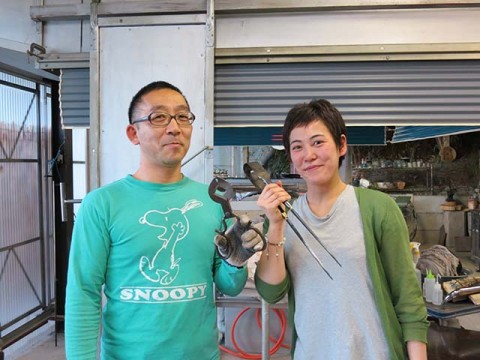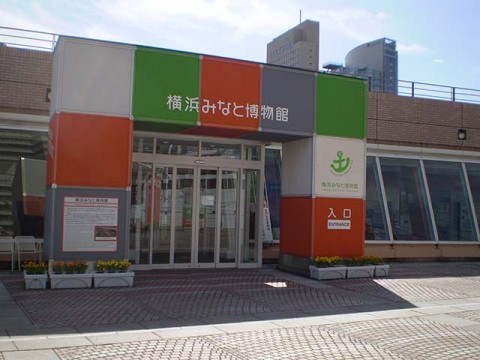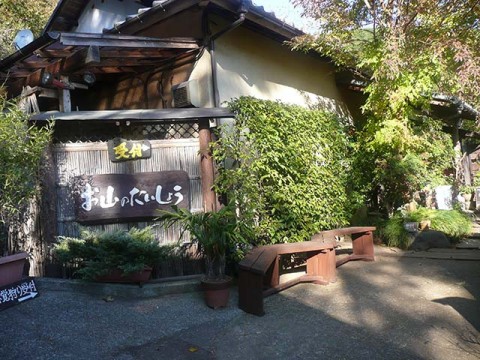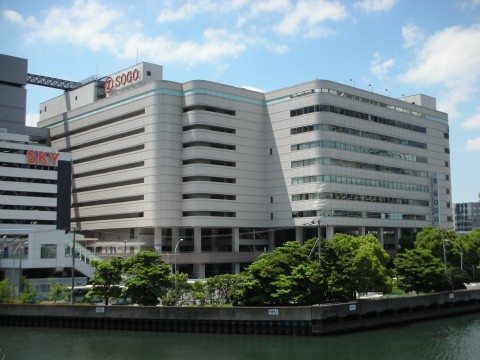The Silk Museum A specialized silk museum that is out of the ordinary
Visitors can observe silkworms being raised from eggs as well as their growth process
The port of Yokohama has developed dramatically together with raw silk, and at the same time the silk thread industry has supported the Japanese economy. The Silk Museum was established in 1959 as part of the events commemorating the 100th anniversary of the opening of the port of Yokohama. Currently, the number of farming households engaged in silkworm raising, or sericulture, is on the decline, numbering about 700 nationwide (as of 2010). Nevertheless, the Silk Museum’s stance of working to popularize silk has not changed since the Museum’s founding.
The Museum itself is found on the 2nd and 3rd floors of the building and adopts the concept of “making everything understandable” from the silkworms—the origin of the silk—to the products. Approximately half of the 2nd floor is taken up by the “Encounters with Silk/Learning Zone” space, an area that explores various questions regarding silk at a child’s level.
Here, the Museum is actually raising silkworms except in the middle of winter (Photo 1). In addition, it purchases silkworm eggs from silkworm egg producers and raises them from eggs. I myself was also greatly interested in this because it is possible to observe the transition from eggs to cocoons. It seems that for a fee, the Museum offers the eggs to interested people in about May each year.
While the shape and color of the cocoons made by the silkworms vary, the Museum introduces the way in which silkworms have been selectively bred through the use of specimens and other items, so even a complete novice such as myself could fully understand this (Photo 2).
Visitors can try their hand at spinning and handweaving
The Museum has experiential areas in which visitors can not only look at but also come to feel more familiar with silk. There, visitors can try their hand at spinning and handweaving.
Do you know how much raw silk can be obtained from a single cocoon? The answer is an amazing 1,300 meters. In trying your hand at spinning, you can experience that amount, winding the thread over and over again and yet never finishing your task.
At the handloom, where you can weave cloth that incorporates various kinds of warps and woofs, by pressing down on the foot pedal, you pass the thread across the loom using the shuttle and then bring down the reed to compact the threads together. You can try your hand at the challenging process of creating a magnificent check pattern.
Telling myself, “For this, the only way to do it is to try it myself!” I tried doing some weaving, but my feet became numb after doing this task I was unaccustomed to. But somehow I was able to weave something (Photo 3).
Besides this, a twisting machine developed in the Edo period known as a hatcho-nenshi machine, an automatic loom, an automatic reeling machine, and other items are on display, enabling visitors to come to understand the modernization of silk mills. Moreover, the Museum incorporates various informational material to introduce different types and methods of handweaving and dyeing and it exhibits traditional crafts, including Yuki-tsumugi, the craft of silk cloth which has been designated an intangible cultural heritage of humanity by UNESCO, and Murayama Oshima-tsumugi, which incorporates both dyeing and weaving techniques. If you are looking for a place that has assembled a full collection of informational materials and books regarding silk, including booths where you can enjoy perusing the books, you will find it here.
Besides this, the 2nd floor has an event hall as well as a museum shop selling silk scarves, neckties, handkerchiefs, and the like, so you might see if you can find something you really like (Photo 4).
Also, you should be sure to check out the 3rd floor, which houses an area called “The History of Silk” which introduces national costumes from around the world and Japanese kimono made from silk together with a historical overview. This is also the location for the Museum’s special exhibits that are open for only certain set periods (Photo 5). The Museum also runs demonstrations on braiding as well as classes on hand-made silk floss, which you should consider participating in (Photo 6). You may be interested in the offerings because of the silkworms or you may be fascinated by the dyeing and weaving. I encourage everyone to come make the most of the Silk Museum, which can be enjoyed in so many different ways.
>> Kanagawa Travel Info
http://kanagawa-travel-info.com/english/special_report/1178

Kanagawa P.G.T.D.
Japan
























